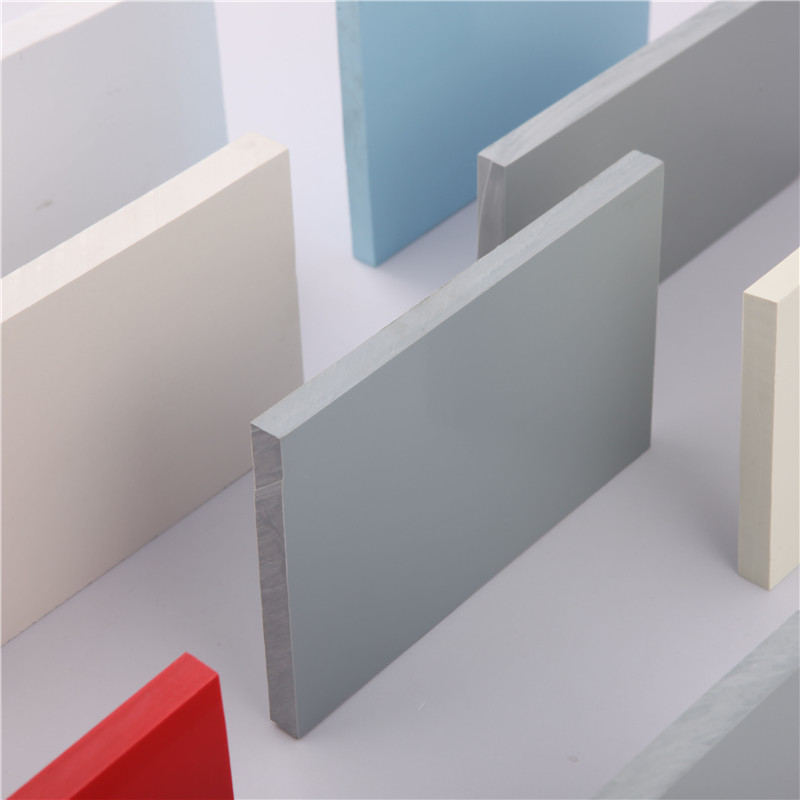Nov . 10, 2024 05:10 Back to list
Durable HDPE Sprinkler Pipes for Efficient Irrigation Systems and Water Management Solutions
The Benefits of HDPE Sprinkler Pipes in Irrigation Systems
Irrigation plays a crucial role in agriculture, especially in arid regions where water scarcity is a significant concern. Among the various materials used in irrigation systems, High-Density Polyethylene (HDPE) has emerged as a preferred choice for sprinkler pipes. This article explores the advantages of HDPE sprinkler pipes and why they are essential for modern irrigation practices.
What is HDPE?
High-Density Polyethylene (HDPE) is a thermoplastic polymer made from petroleum. Recognized for its high strength-to-density ratio, HDPE is widely used in manufacturing pipes, containers, and various household products. In the context of irrigation, HDPE pipes offer several advantages over traditional materials like metal or PVC.
Durability and Resistance
One of the standout features of HDPE sprinkler pipes is their remarkable durability. HDPE is resistant to various environmental factors, including corrosion, UV radiation, and chemical leaching. Unlike metal pipes, which can rust and degrade over time, HDPE remains intact under tough conditions. This resistance extends the lifespan of the irrigation system, reducing the frequency and costs associated with repairs and replacements.
Furthermore, HDPE pipes are less prone to cracking and shattering compared to conventional materials. This flexibility makes them ideal for regions with fluctuating temperatures or soils that expand and contract. With HDPE, farmers can rely on a system that withstands the test of time and environmental extremes.
Lightweight and Easy to Install
hdpe sprinkler pipe

Another significant advantage of HDPE sprinkler pipes is their lightweight nature. Compared to metal pipes, HDPE pipes are significantly lighter, making transportation and installation hassle-free. This characteristic is particularly beneficial for large agricultural operations, where labor costs and time efficiency are crucial.
The flexibility of HDPE also simplifies installation. These pipes can be easily bent and manipulated without losing integrity, allowing for more efficient layouts that conform to the specific topography of the land. This adaptability can lead to better water distribution and ultimately improve crop yields.
Cost-Effectiveness
Investing in HDPE sprinkler pipes can be economically advantageous for farmers. While the initial cost of HDPE may be slightly higher than some traditional materials, the long-term savings are substantial. HDPE's durability results in fewer replacements and repairs, contributing to lower maintenance costs over time. Additionally, the efficiency of water delivery reduces wastage, leading to savings on water bills and improved resource management.
Environmental Impact
Sustainability is becoming increasingly important in agriculture, and HDPE pipes contribute to environmentally friendly practices. Being recyclable, HDPE pipes can be repurposed at the end of their life cycle, reducing the environmental impact associated with waste. Furthermore, the efficient water distribution systems enabled by HDPE help promote better water conservation practices, an essential aspect of sustainable agriculture.
Conclusion
In summary, HDPE sprinkler pipes represent a significant advancement in irrigation technology. Their durability, resistance to environmental factors, lightweight nature, and cost-effectiveness make them a wise choice for farmers looking to optimize their irrigation systems. As agriculture evolves and the demand for more efficient and sustainable practices continues to grow, embracing HDPE technology will undoubtedly be a crucial step for farmers aiming to enhance productivity while conserving resources. By investing in HDPE sprinkler pipes, agricultural operators can not only improve their operations but also contribute positively to the environment, securing a healthy future for the industry and the planet.
-
HDPE Natural Sheet: Durable, Food-Grade & Versatile Plastic Solutions
NewsAug.27,2025
-
Durable Glossy PVC Rigid Sheet | Premium High-Shine Panels
NewsAug.26,2025
-
Durable PP Rigid Sheet: Lightweight, Chemical Resistant Solutions
NewsAug.21,2025
-
PVC Grey Sheet for Extraction: Chemical Resistant & Durable
NewsAug.19,2025
-
Durable PVC Pipe Fittings for Plumbing & Irrigation Needs
NewsAug.18,2025
-
HDPE Steel Belt Reinforced Spiral Corrugated Pipe | High Strength
NewsAug.17,2025

